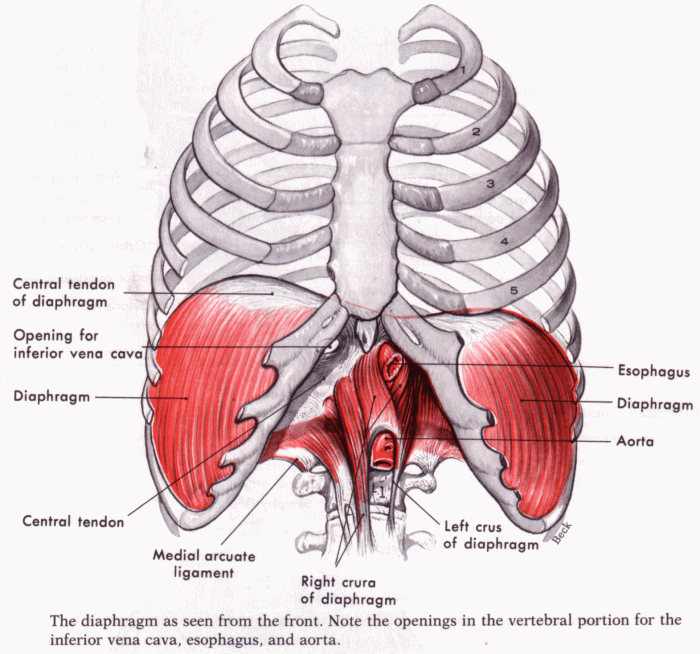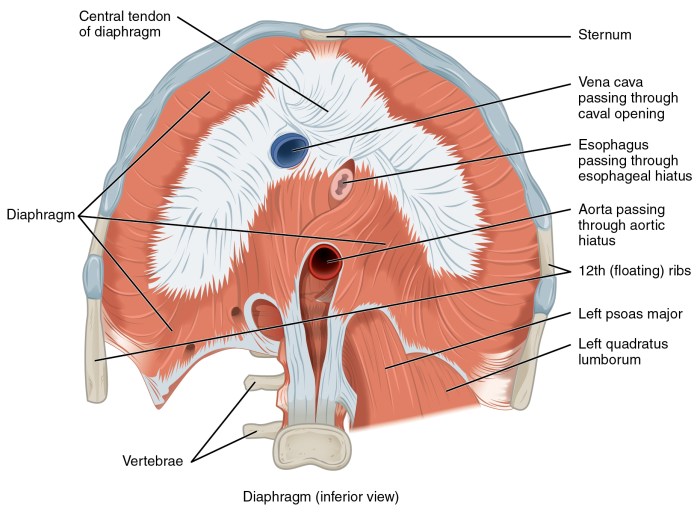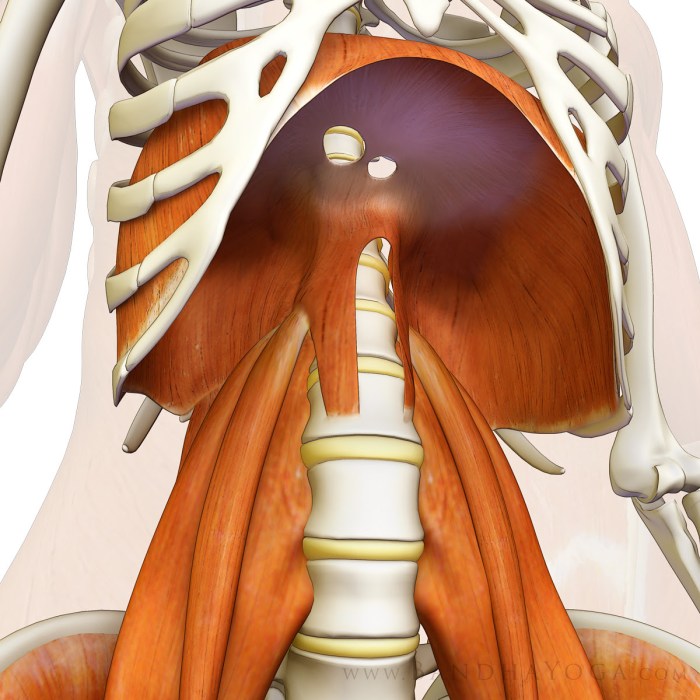Which structure controls how much light passes through the specimen – The intricate relationship between a specimen’s structure and its light transmission characteristics unveils a captivating realm of scientific inquiry. This exploration delves into the profound influence of physical properties, optical attributes, and analytical techniques on the passage of light through specimens, revealing the intricate mechanisms that govern this fundamental interaction.
As we embark on this journey, we unravel the significance of thickness, density, and composition in shaping the specimen’s light transmission behavior. The refractive index emerges as a pivotal factor, influencing the bending of light and dictating its path within the specimen.
Absorption and scattering phenomena further modulate light transmission, revealing the specimen’s intricate interplay with light.
Structure of the Specimen

The physical characteristics of a specimen play a crucial role in determining how much light passes through it. Thickness, density, and composition are key factors that influence light transmission.
Thickness
Thicker specimens absorb and scatter more light, resulting in reduced transmission. The thicker the specimen, the less light is transmitted.
Density
Denser specimens contain more material per unit volume, which increases their ability to absorb and scatter light. This leads to lower light transmission compared to less dense specimens.
Composition
The chemical composition of a specimen affects its optical properties and, consequently, light transmission. Different materials have varying refractive indices and absorption coefficients, which influence how light interacts with the specimen.
Optical Properties of the Specimen

The refractive index is a crucial optical property that determines how light bends when passing through a specimen. A higher refractive index causes greater bending of light.
Absorption
Absorption occurs when light is absorbed by the specimen’s molecules, converting it into other forms of energy, such as heat. This reduces the intensity of the transmitted light.
Scattering
Scattering occurs when light is deflected from its original path due to interactions with particles or irregularities within the specimen. Scattering can reduce the intensity and alter the direction of the transmitted light.
Microscopy Techniques: Which Structure Controls How Much Light Passes Through The Specimen

Various microscopy techniques are employed to analyze light transmission through specimens.
Bright-Field Microscopy
Bright-field microscopy uses transmitted light to illuminate the specimen. The specimen appears dark against a bright background, allowing for the visualization of structures that absorb or scatter light.
Dark-Field Microscopy
Dark-field microscopy uses oblique lighting to illuminate the specimen. Only light scattered by the specimen is visible, providing enhanced contrast and revealing details that may not be apparent in bright-field microscopy.
Phase-Contrast Microscopy
Phase-contrast microscopy uses a special optical system to convert phase differences in light waves into intensity differences. This technique enhances the visibility of transparent specimens and reveals fine details.
Image Analysis
Analyzing light transmission images involves measuring light intensity and transmission values.
Light Intensity Measurement
Light intensity measurements provide information about the amount of light transmitted through the specimen. Higher intensity indicates higher transmission, while lower intensity suggests lower transmission.
Transmission Measurement
Transmission measurements quantify the percentage of light that passes through the specimen relative to the incident light. This provides a measure of the specimen’s optical density and can be used to compare different specimens.
Applications

Analyzing light transmission through specimens has numerous applications in various fields.
Biology, Which structure controls how much light passes through the specimen
In biology, light transmission microscopy is used to study cell structure, identify microorganisms, and analyze tissue samples.
Materials Science
In materials science, light transmission is used to characterize the optical properties of materials, such as their refractive index and absorption coefficient.
Medical Diagnostics
In medical diagnostics, light transmission is used in techniques such as spectrophotometry and imaging to analyze blood samples, diagnose diseases, and monitor treatment outcomes.
FAQ Summary
What factors determine the amount of light that passes through a specimen?
Thickness, density, composition, refractive index, absorption, and scattering properties all influence light transmission through a specimen.
How can microscopy techniques aid in studying light transmission?
Bright-field, dark-field, and phase-contrast microscopy provide diverse approaches to visualize and measure light transmission patterns within specimens.
What applications exist for analyzing light transmission through specimens?
Applications span fields such as biology, materials science, and medical diagnostics, enabling the study of biological processes, material properties, and disease states.